News

Oct 05, 2021
Vasant Honavar named Huck Chair in Biomedical Data Sciences and AI
Vasant Honavar, professor in the College of Information Sciences and Technology, has been named the Dorothy Foehr Huck and J. Lloyd Huck Chair in Biomedical Data Sciences and Artificial Intelligence by the University’s Huck Institutes of the Life Sciences.
Full Article
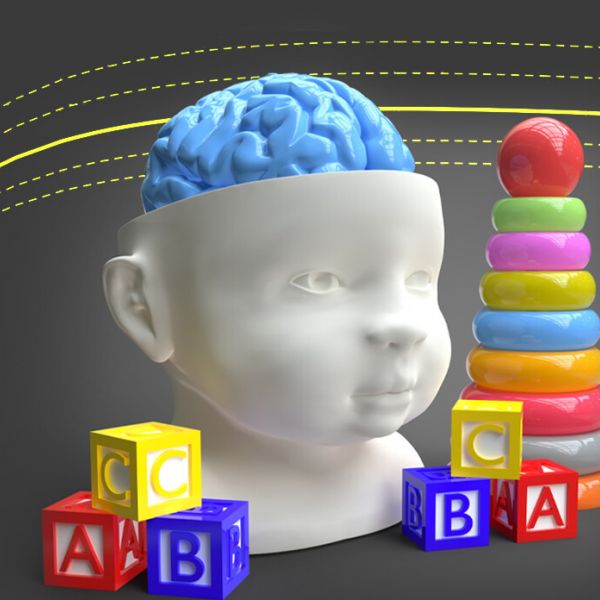
Jul 12, 2021
Normal brain growth curves for children developed
Based on more than a thousand brain scans, the findings have implications for diagnosing and treating childhood brain disorders, infections and injuries.
Full Article
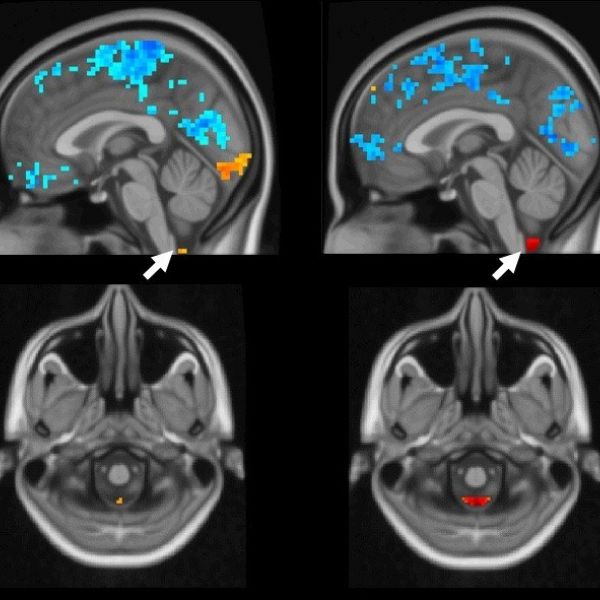
Jun 08, 2021
Coupled brain activity, cerebrospinal fluid flow could indicate Alzheimer's risk
Penn State researchers may have discovered a potential marker to clinically evaluate patients’ risk for Alzheimer’s disease through non-invasive imaging tests, according to a study published in PLOS Biology. The finding may have implications for diagnosis and treatment of the disease that results in significant cognitive decline, the researchers said.
Full Article

Feb 02, 2021
Infants exposed to second-hand smoke may develop behavior problems later in life
When parents think of baby-proofing, they may think of baby gates and outlet covers, but there might be something less obvious to consider: whether previous occupants of their home were smokers. According to a National Institutes of Health-funded study by researchers at Penn State and the University of North Carolina at Chapel Hill (UNC), babies can be exposed to nicotine left behind in the home.
Full Article
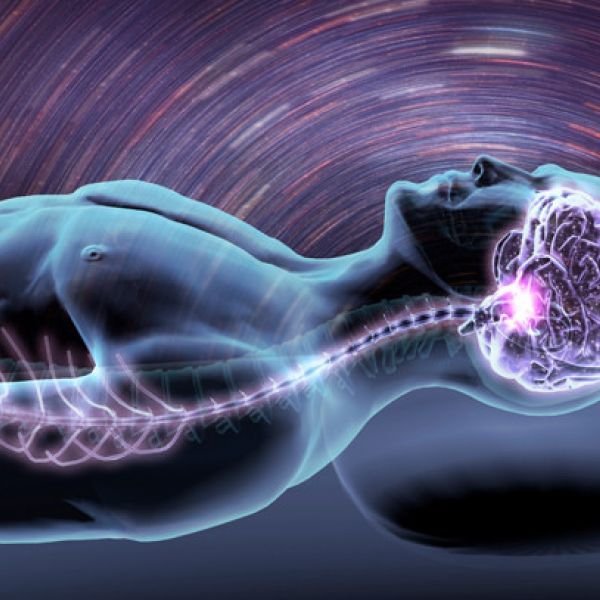
Jan 18, 2021
Increased blood flow during sleep tied to critical brain function
Our brains experience significant changes in blood flow and neural activity during sleep, according to Penn State researchers. Such changes may help to clean out metabolic brain waste that builds up during the day.
Full Article

Dec 23, 2020
Researchers investigate an at-home 'scratch-and-sniff' test for COVID-19
A self-administered "scratch-and-sniff" test for COVID-19 may be around the corner, according to researchers at Penn State, the University of Florida, and Arizona State University.
Full Article
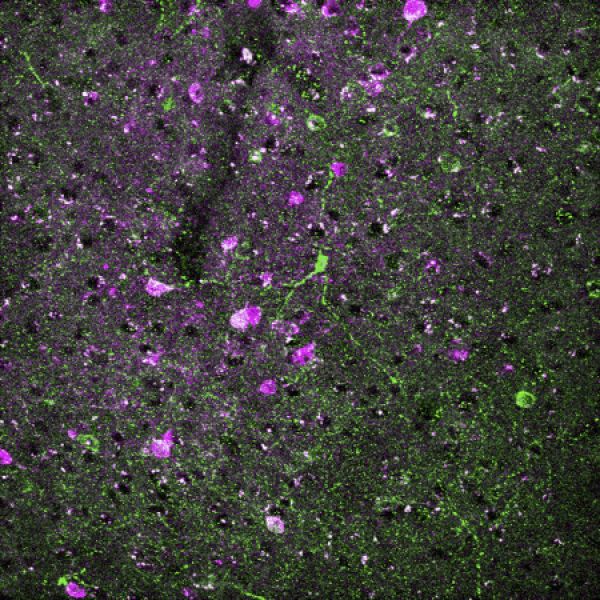
Dec 16, 2020
Some neurons target tiny cerebral blood vessel dilation
Neurons control blood flow in tiny vessels in the brain, but researchers know little about this relationship. Now a team of Penn State engineers has found a connection between nitric oxide expressing neurons and changes in arterial diameters in mice, which may shed light on brain function and aging.
Full Article
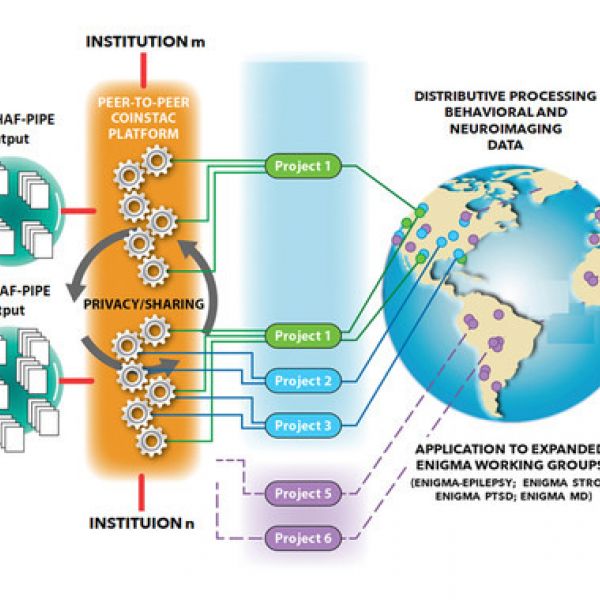
Dec 11, 2020
Psychology professor receives grant to 'harmonize' brain injury data
A provisional grant from the National Institute of Neurological Disorders and Stroke (NINDS), part of the National Institutes of Health, will help Penn State professor of psychology, Frank Hillary, and 37 co-investigators from all over the world promote brain injury data sharing worldwide in the hopes of advancing science and improving patient outcomes.
Full Article
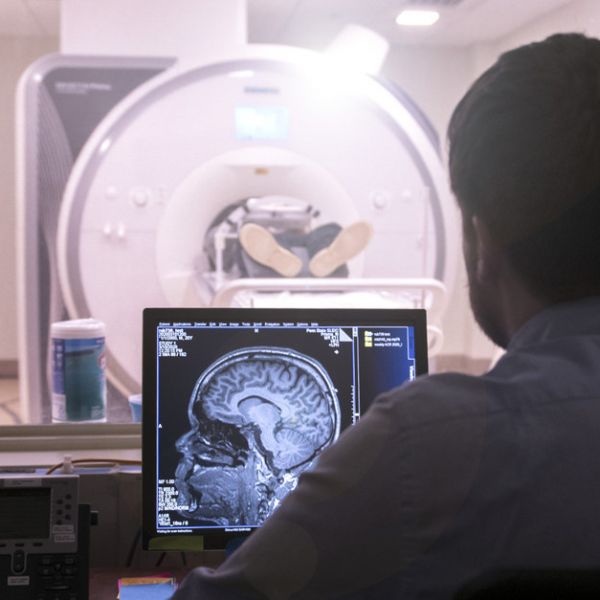
Dec 08, 2020
Making Connections: Psychologist explores the neuroscience of creativity
Is there anything more mysterious — or human — than the creative impulse? Whatever the field of endeavor: music, art, science, business… What accounts for the inspired burst of innovation? The spark that flits to flame and lights the way to something entirely new?
Full Article
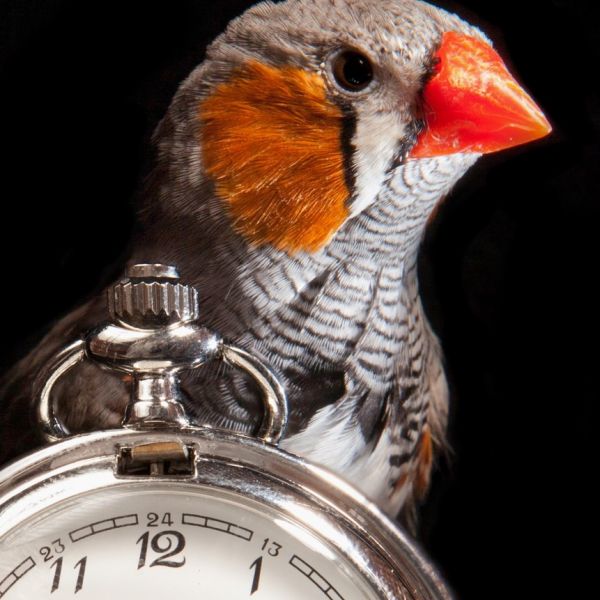
Oct 16, 2020
Researchers deconstruct the 'biological clock' that regulates birdsong
The precise timing of a bird's complex song is driven in part by the often-ignored “wires” connecting neurons in the bird's brain, according to a new study. A team of researchers from Penn State and NYU Langone Health has deconstructed an important “biological clock” that regulates birdsong and other behaviors, leading to new ways of thinking about the function of neuronal networks.
Full Article